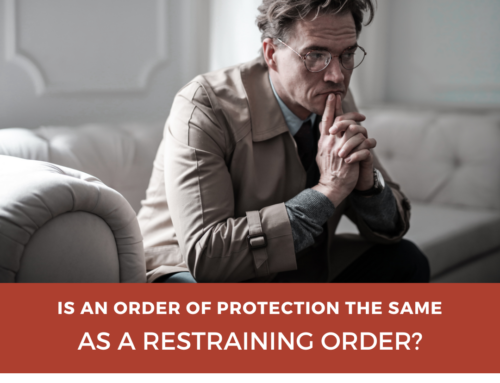If you’ve been accused of domestic battery, the person who accused you may have asked the judge for a restraining order – typically called an order of protection – against you. Even if you’re not there to give the judge your side of the story, if he or she has issued an order of protection against you, you have to follow it.
So what is an order of protection, and what does it mean you’ll have to do?
What is an Order of Protection?
An order of protection requires you to stay away from the person who filed for it, and it can restrict you from:
- Threatening the alleged victim
- Going into your own home
- Seeing your children
- Selling, damaging or destroying certain personal property
An order of protection can also require you to:
- Turn over your weapons to law enforcement
- Appear in court
- Attend counseling
- Give personal property to the alleged victim
This type of order can interfere with your everyday life – and that means you may need to work with a domestic violence defense attorney to help get things back on track.
What Can You Do if Someone Has an Order of Protection Against You?
For many people, the best move is to call a domestic violence defense attorney who has experience with orders of protection. Your lawyer will ask you about the situation and whether you’re facing any criminal charges, and he’ll want to see your copy of the order. Your attorney will also help you figure out what to do next, and he can represent you in front of the judge to petition the court about getting the order lifted.
Although it’s sometimes a good thing, such as when someone truly needs protection from another person, judges can issue orders of protection without hearing both sides of the story – and if you’re on the receiving end of a false domestic battery allegation, you could end up suffering unnecessarily.
We may be able to help you, though.
Call us at 847-920-4540 right now to tell us about your case during your free consultation. We’ll be happy to answer your questions and start building a strategy that gets you the best possible outcome.







Leave A Comment
You must be logged in to post a comment.